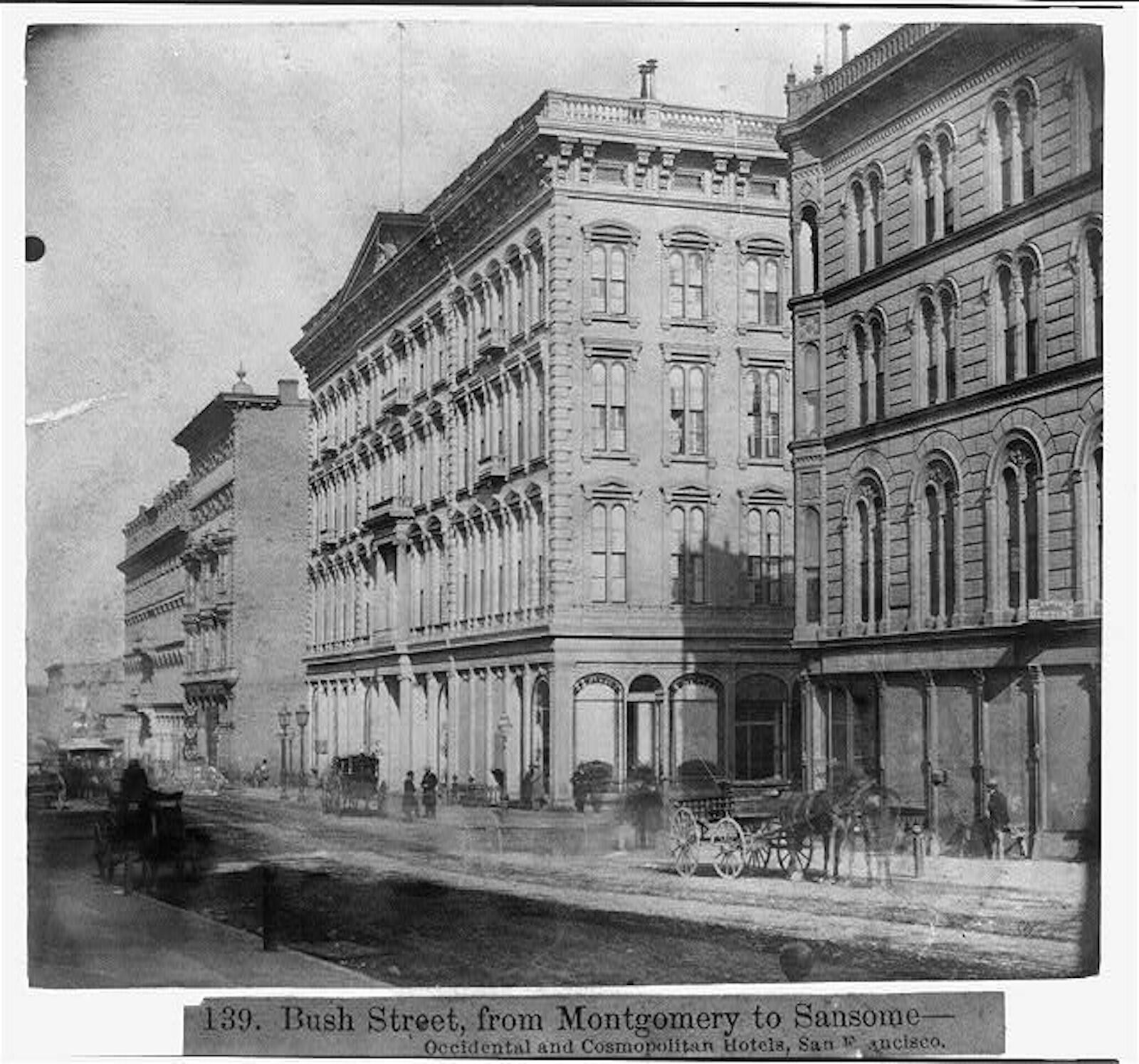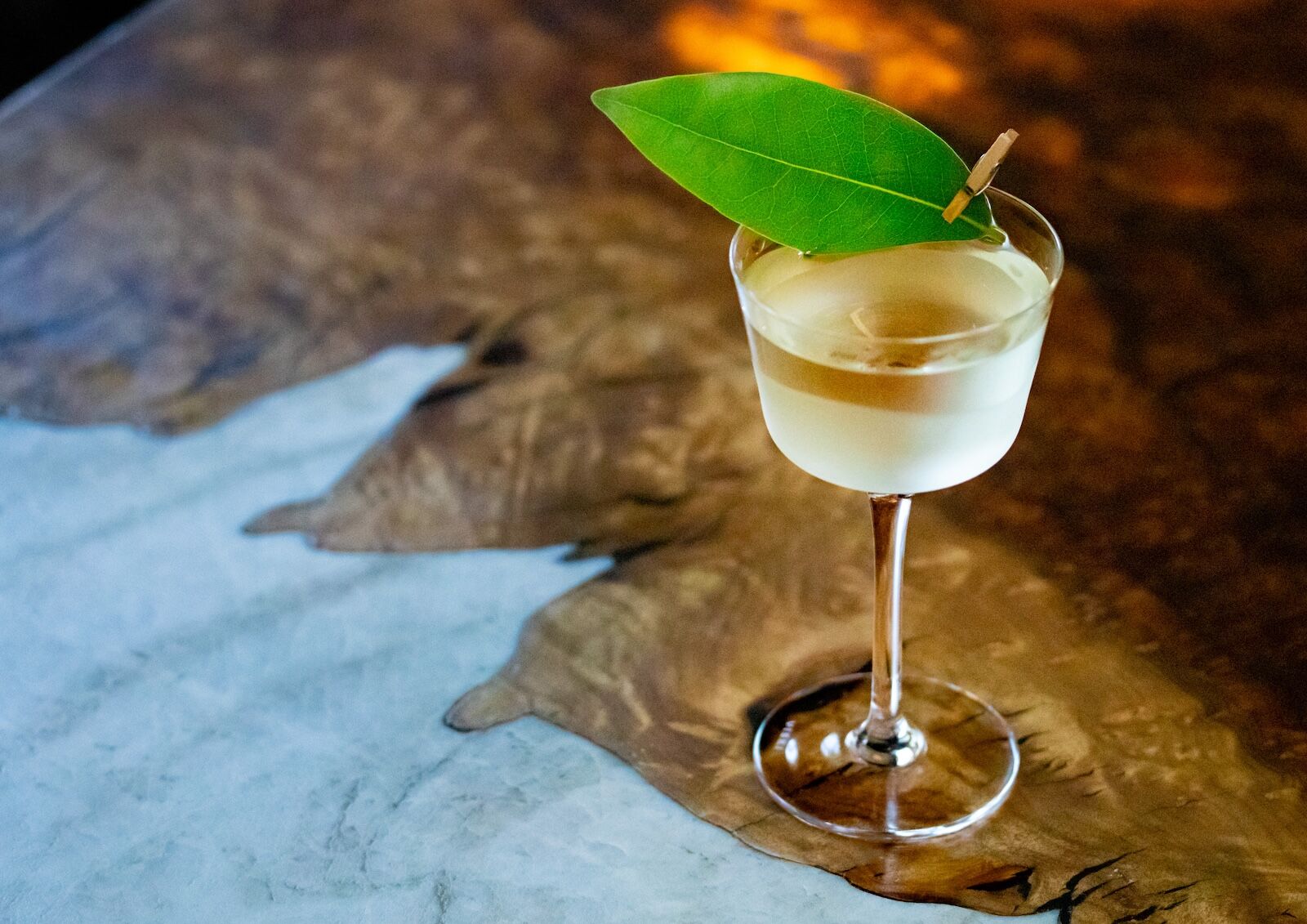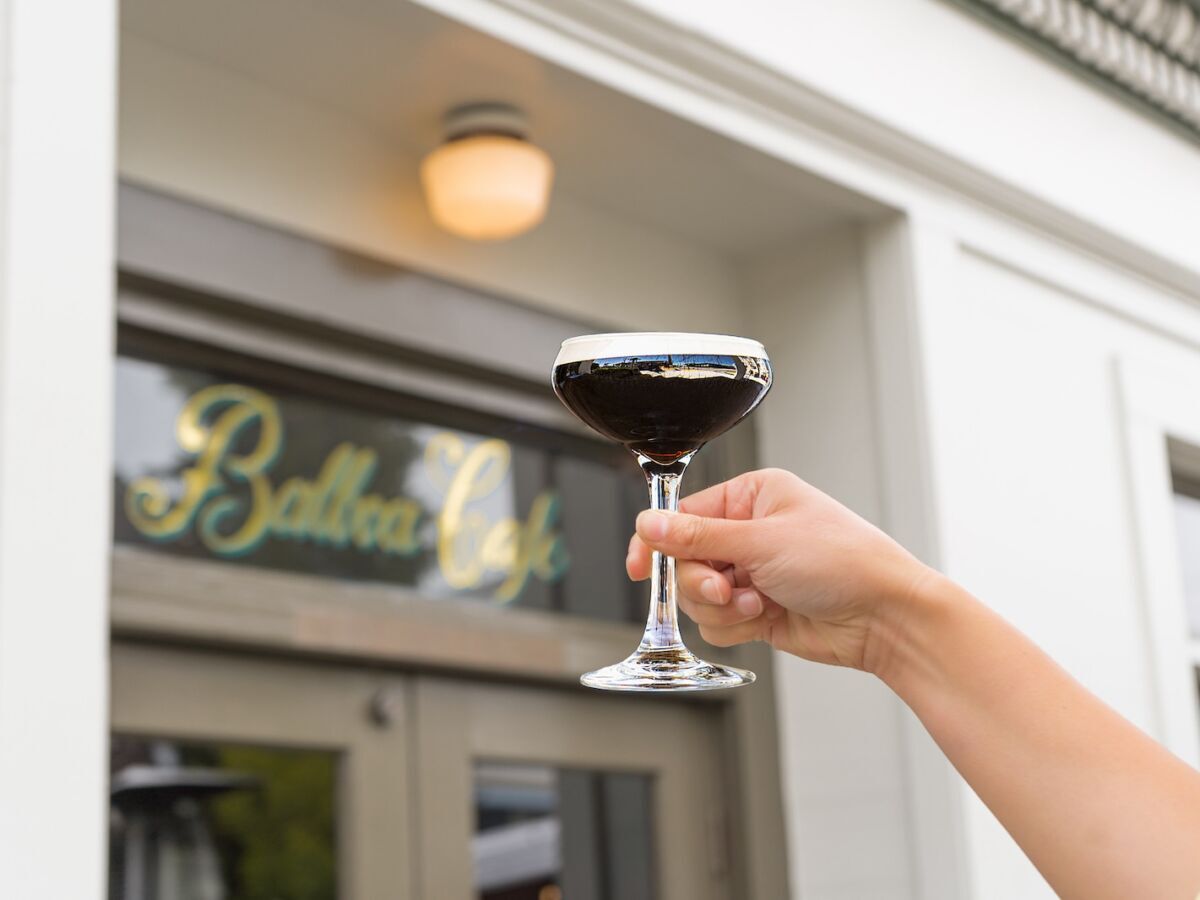Each recommended martini on the trail has a standout reason for being included, such as the espresso martini from Balboa Cafe (which “sources single-origin cold brew along with vanilla vodka for their quaffable concoction”) or martini at Californios, which uses gin from Mexico, plus scotch and mezcal, garnished with chili oil and habanero-stuffed olives.
The stops on the list are all central in the city, ranging as far south as True Laurel in the Mission to Pearl 6101 in central Richmond, recommended in the SF Michelin Guide and sitting just south of Presidio Park. Martinis on the trail go beyond your standard gin-and-vermouth libations, offering martinis made with vodka, espresso, sake, potatoes, mezcal, and even seaweed.
If you’re planning a trip to SF and want to visit several stops on the Martini Trail, you’ll probably want to spread your visitation out over a few days. A classic martini is made with about two ounces of gin and between half an ounce and one ounce of vermouth, making it a rather strong cocktail. So if you’re planning on having multiple martinis in a day, you’ll probably want to spread them out over a long afternoon and evening, or perhaps order one and split it with your fellow travelers.
Why have a martini trail in San Francisco?

The Occidental Hotel in SF, circa 1866. Photo: Library of Congress/Public Domain
Depending on who you ask, the connection between SF and the martini goes way back.
San Francisco has close ties to the martini, with some saying it was invented in the “City by the Bay.” It’s often said that it was created at the Occidental Hotel (now the Galleria Park Hotel) in the 1860s, when a bartender created the “Martinez.” It was similar to a Manhattan (normally made with whiskey, vermouth, bitters, and cherry), but used gin instead of whiskey, and named for its popularity with travelers headed to the nearby town of Martinez.
Over time, the name and the exact recipe shifted a bit, but many people consider that the start of the martini as we know it today.
However, ask residents of the actual town of Martinez, and they’ll tell you the punchy cocktail originated within the town itself. According to the town, the martini was invented when a gold prospector in the mid-1800s returned to the city to celebrate striking it rich. Supposedly, he entered a bar and ordered champagne, only to be told it wasn’t available. The bartender served him what he called a “Martinez,” similar to the “Martinez” described above. The next morning, that gold prospector apparently returned to San Francisco and ordered it at a city hotel (possibly the Occidental), explaining how the concoction made it to SF.
SF will be busy in 2026

Photo: Iv-olga/Shutterstock
2026 is bound to be a big year for tourism in San Francisco as it will host both the Super Bowl on February 8, and several matches of the 2026 FIFA World Cup in June. While both events have more affordable tickets, premium seats for both can easily run upward of $10,000 per person. That means both events are likely to draw travelers with expendable income to town who may not bat an eye at spending $30-plus on a martini.
Both events will be held at Levi’s Stadium, which is a touch outside the SF city limits. However, the easiest way to reach the stadium is by taking Bay Area Rapid Transit (BART) to the Light Rail train, which runs near the stadium. You’ll switch to the Light Rail at the Milpitas BART Station, on the Green Line. Fortunately, the Green Line runs through downtown San Francisco, which means there are plenty of places to grab a martini before jumping on public transportation to head to the stadium.

A high-end martini at Tue Laurel in SF. Photo: True Laurel
Convenient options along the SF Martini Trail for visitors heading to Levi’s Stadium include Holbrook House (next to the Montgomery Street Station), Sam’s Grill & Seafood Restaurant (.2 miles from the Montgomery Street Station), or Tadich Grill (.2 miles from the Embarcadero Station). You’ll find the least-expensive martinis ($12-$15) at low-key stops like Club Waziema or Hi Dive Bar, while the priciest will be at the higher end, fine-dining stops, such as True Laurel or Californios. Expect to pay between $25 and $35 for a primo cocktail at SF’s top restaurants.
Other cocktail trails around the country

Photo: < a href=”https://www.shutterstock.com/image-photo/bloody-mary-cocktail-bar-variety-garnishes-722065393″>Arina P Habich/Shutterstock
If a martini isn’t your thing, but you love the idea of taste testing classic cocktails, you’re in luck. Several cities around the US have similar cocktail trails linked and promoted by the tourism boards, many of which represent that city’s cocktail history.
In Dallas, Texas (also hosting several World Cup matches in 2026), guests can amble along the city’s “Margarita Mile,” with 35 included stops. There’s a Margarita Mile season, running from late February to early November. During that time, visitors can get a Margarita Mile digital pass texted to their phones and “check-in” using location services at each location. The more stops a person visits in that time frame, the more likely they are to win “Margarita Mile swag.”
Santa Fe, New Mexico, also has its own “Margarita Trail,” including more than 50 of the tequila-based drinks. Travelers should buy a paper or digital pass (for about $3), and will receive $1 off a margarita when they show the pass at each of the participating stops. Each margarita purchased is good for one stamp in the passport, which can be redeemed for prizes like a Margarita Trail T-shirt (five stamps), a signed copy of The Great Margarita Book (20 stamps), or even a full margarita bartender’s kit (30 stamps).
You’d be forgiven if you’ve never heard of a “bushwacker” — unless you live in Pensacola, Florida, where it’s the city’s signature drink. It’s a frozen, chocolatey drink made with rum, coffee liqueur, dark crème de cacao, cream of coconut, and milk, and available to taste at 17 locations on the city’s “Bushwacker Trail.” The program runs similarly to Santa Fe’s, with prizes available via GPS-based check-ins.
The list goes on. Travelers who live for a good brunch may want to head to Richmond, Virginia, to explore the city’s “Mimosa Trail,” while those who prefer something a bit stronger with breakfast can check out the Bloody Mary Trails in McHenry County, Illinois, or Tomahawk, Wisconsin. ![]()

